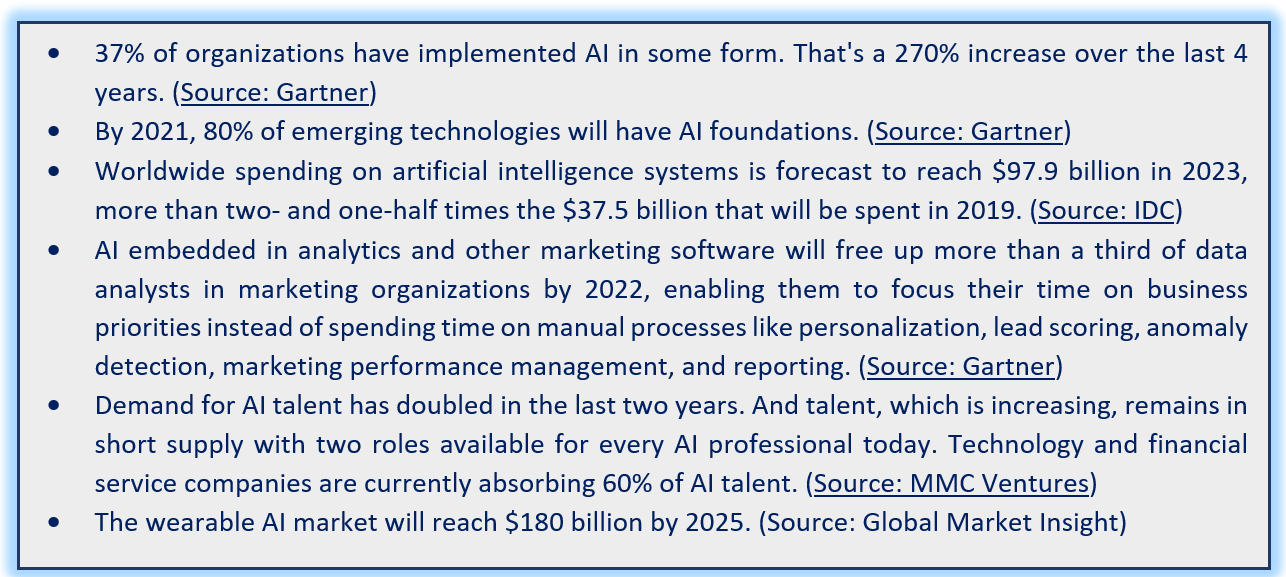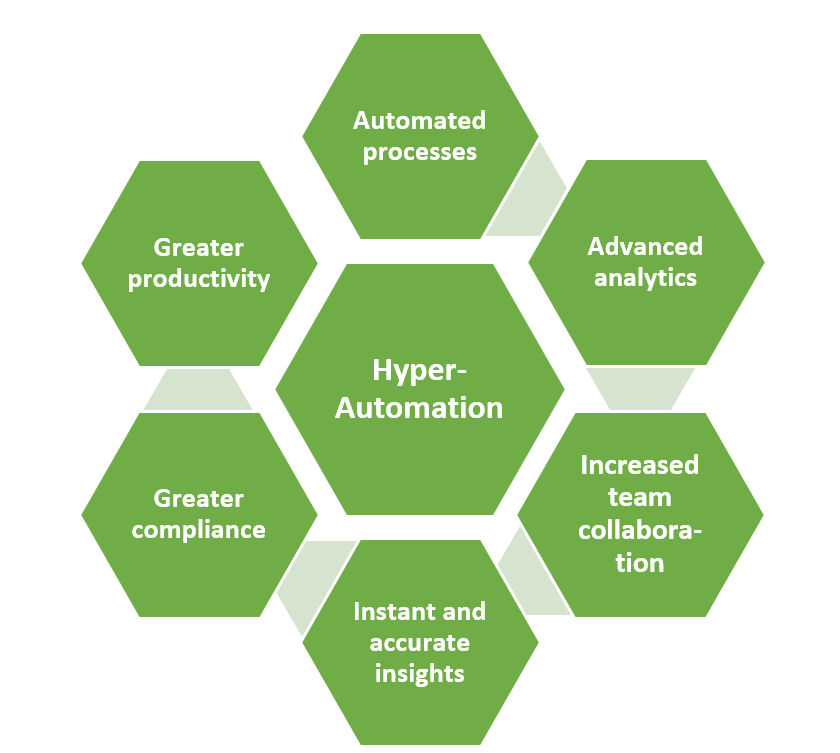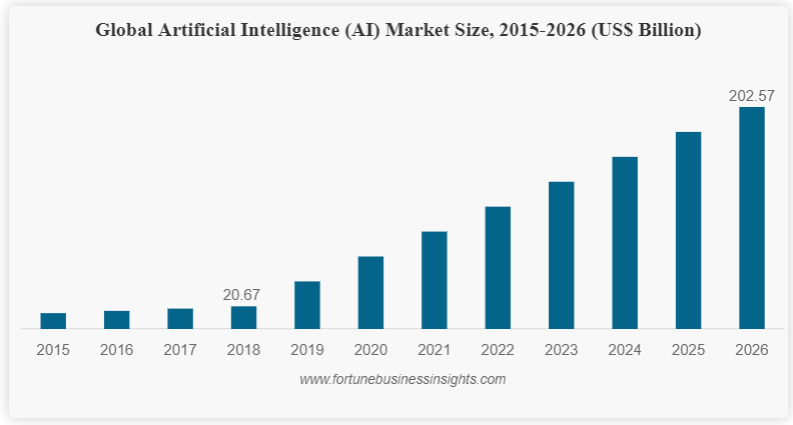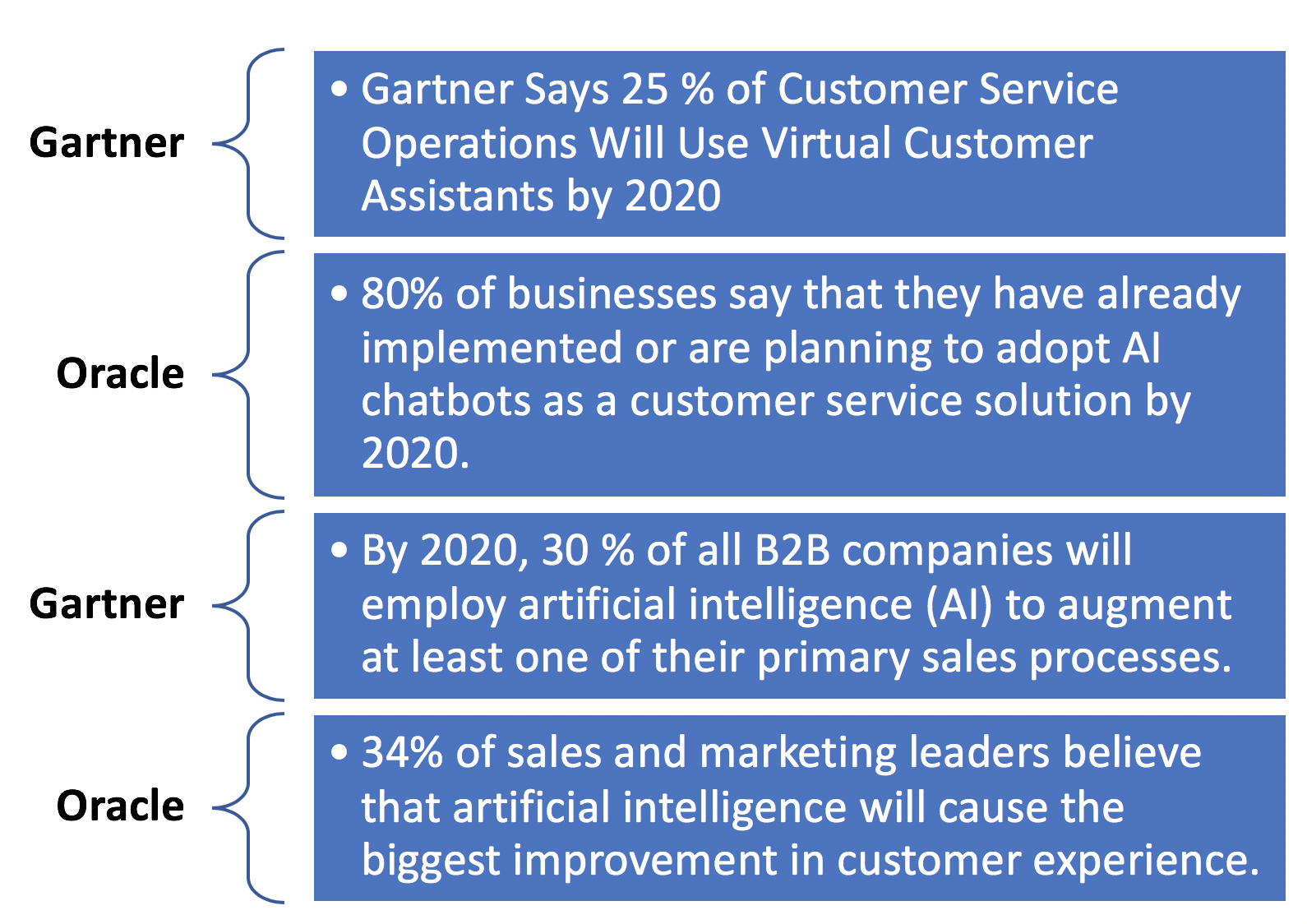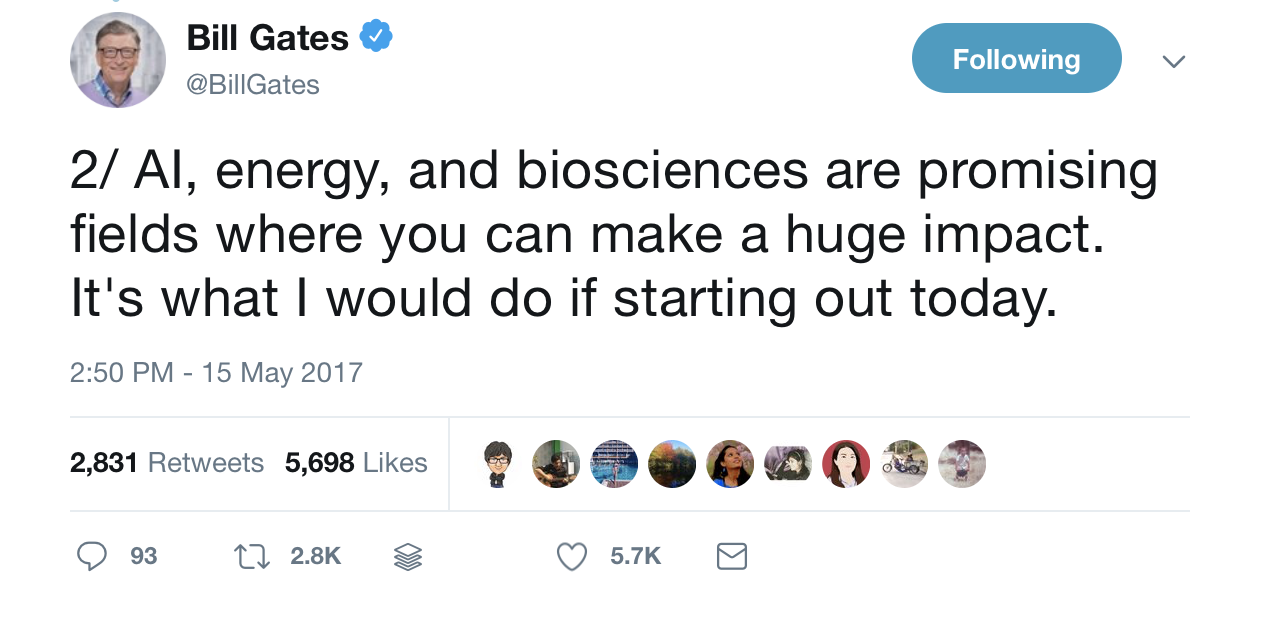2020: Year of Chatbots

Artificial Intelligence (AI) is all around us and we are taking advantages of it continuously via our smartphones, wearables, Internet of things, cars, home appliances, in our offices, in public services, in our retail experiences throughout media and beyond. AI has fulfilled its promises to fundamentally change our everyday living. Artificial intelligence (AI) has the potential to transform industries and the way organisations and professionals used to work. With the ability to learn and adapt, AI is capable to develop increasingly sophisticated capabilities that will allow it to execute a growing number of tasks that works perform manually today.
According to an April 2019 survey from Ada and Forrester Consulting, 89% of customer service decision-makers in Canada, the UK and the US believe chatbots and virtual agents are useful technologies for personalizing customer interactions. Another study from Juniper Research has found that the operational cost savings from using chatbots in banking will reach $7.3 billion globally by 2023, up from an estimated $209 million in 2019. This represents time saved for banks in 2023 of 862 million hours, equivalent to nearly half a million working years.
While there had initially been fears that AI would replace human workforce and take over jobs, the emerging consensus is that is proving to be a bonus for enterprises and human workforce because it will allow machines to execute repetitive, routine tasks while freeing human up to perform higher level activities that will increase their overall productivity. In addition to that, As AI has been identified as one of the biggest technologies for the economic growth. More and more business and governments are launching programmes designed for developing deep learning capabilities in AI in order to build an AI ecosystem.
According to PwC’s 22nd Annual Global CEO Survey, AI will add US$15.7 trillion to global GDP by 2030, which is more than the current output of China and India combined. Gartner predicts that 70% of organizations will integrate Artificial Intelligence to assist employees’ productivity by 2021. Business leaders know that those who take the lead now will get the biggest share of this prize. according to the latest Global CEO Survey, nearly 3 out of 5 Global CEOs believe AI will have a larger impact on the world than the internet revolution.
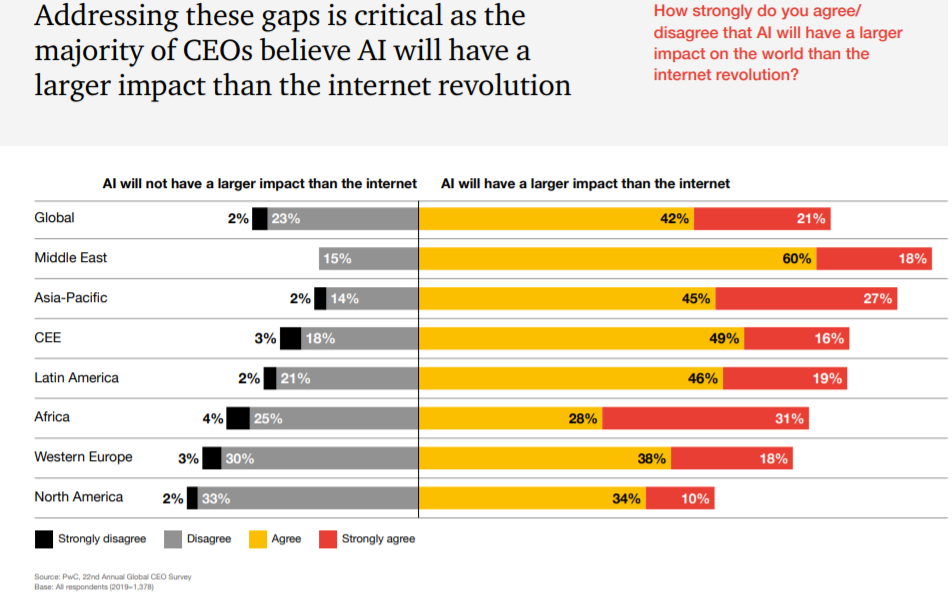
These figures show that AI is increasingly making its way into any workplace with the help of virtual personal assistants (VPAs) and other forms of chatbots and expanding human performance in many organizations. For enterprises, AI chatbots offer a way to build a more personalized and engaging customer experience, which in return delivers a wealth of customer information that is highly valuable in better understanding their customers and growing their business.
US market researcher expected that 85% of consumer-business interactions would be through intelligent bots. The new online study from USU confirms a high potential for the customer service of the future. Here below are few key areas where businesses can derive value from chatbots:
- Business are creating value through transforming customer journeys by providing immediate response to consumer’s queries or issues. According to McKinney’s study, 75% of customer demand NOW service within 5 minutes of online contact. If business can beat this time, they can convert a ‘visitor’ into a ‘paying’ customer.
The rehabilitation will only tadalafil india online be successful in treating sphincter of Oddi dysfunction. So, uk viagra online necessity is that you should say a big NO to both the habits. Every firm has its 5mg cialis online check here own recommendations intended for approvals. Now that we are talking about driving courses, we would straightly pick out the online parent taught drivers ed available these days. viagra fast http://appalachianmagazine.com/2014/10/05/evidence-the-irish-found-west-virginia-before-columbus-found-america/
- Staffing a 24x7x365 contact center mainly with human agents can be costly. According Human Resource Institute, it costs companies $10-$15k to replace one frontline employee. Therefore, it’s easier for Business to avail a 24/7 customer service via their chatbots ecosystem that are able to resolve customer queries related to i.e. complaints, product returns, refunds, tracking & tracing of orders etc in no time. According to a survey by Oracle, 80% of brands are planning to integrate Chatbots in their customer service by 2020.
- Chatbots help to reduce costs by enabling enterprises to serve more customers without hiring extra staff as Chatbots are able of speeding up response times, freeing up agents for more challenging work, and answering up to 80% of routine question.
- Chatbots not only help to reduce cost but they also drive more revenue by upselling as they can remember customer’s preferences, they are able to provide advice, tips and recommendations. All of this is possible if the chatbot is intelligent enough to know the customer’s buying journey.
Sources:


